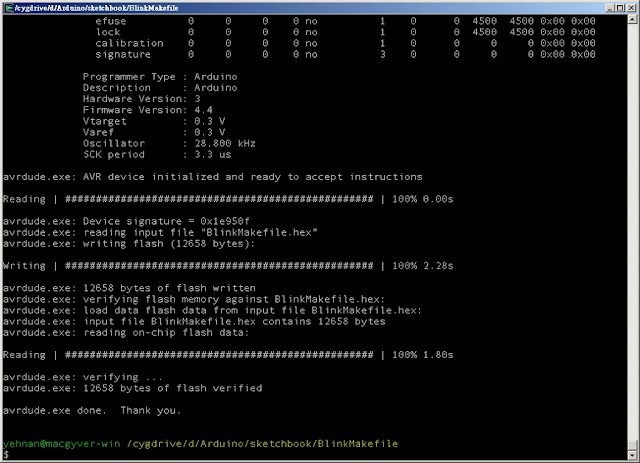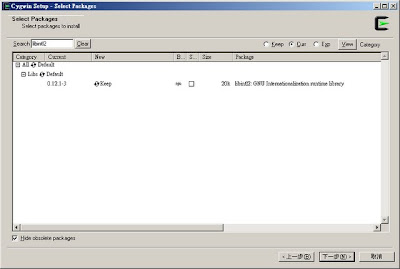
- ARDUINO MAKEFILE FOR WINDOWS HOW TO
- ARDUINO MAKEFILE FOR WINDOWS SERIAL
- ARDUINO MAKEFILE FOR WINDOWS CODE
ARDUINO MAKEFILE FOR WINDOWS CODE
This code does exactly the same effect as the Blink code provided by the Arduino IDE, just in this case we dig a bit more in the registers and how it really works.
ARDUINO MAKEFILE FOR WINDOWS HOW TO
The second uses Makefiles to call the Arduino CLI this example is a bit more complex. This file shows how to code a small Blink Led file for the ATmega328P in the Arduino using C language in the Visual Studio Code using a Makerfile. Support for all the new boards are getting added only to v1.5.x and that’s why we decided to start focusing on adding support for Arduino 1.5.x to the Arduino Makefile after the v1.3.3 release. Microsofts Visual Studio (VS) Code IDE is a versatile, free. data -O ihex $(FILENAME).elf $(FILENAME).hexĪvrdude -v -p $(DEVICE) -c $(PROGRAMMER) -P $(PORT) -b $(BAUD) -U flash:w:$(FILENAME). Arduino IDE branch 1.5.x has become more stable these days, even though it is still technically in beta. $(CC) $(CFLAGS) -c $(FILENAME).c -o $(FILENAME).o $(CC) $(CFLAGS) -o $(FILENAME).elf $(FILENAME).o avr-objcopy -j.

If it is not able to detect it properly, then you can manually set it using the variable MONITORBAUDRATE. The makefile tries to auto detect the baud rate.
ARDUINO MAKEFILE FOR WINDOWS SERIAL
This command will open a serial connection to your Arduino using screen. To do that just run the command make monitor. # -mmcu: specifies the architecture of the boardĬompile: # compiles the C code to a hex file The makefile can also be used to check the serial output from your Arduino. # -Os: optimizes the code for size (uses optimizations from O2 that don't increase size) PROGRAMMER = arduino # which bootloader to useīAUD = 115200 # speed of communication to the board PORT = /dev/com4 # serial port that the board is connected toĭEVICE = atmega328p # which microcontroller is on the board (usually ATMEGA328P for arduino) #! this will change depending on your system If you were curious, that makefile code is:

Processing Template Makefile: c:ArduinoTargetarduinoarduino.tmf. I know that it's a user error, I just don't know how to correct it.Īnd none of these are the answer. You can do this through the Windows Device Manager, or by running arduino.Prefs. I have an Uno connected to COM4 on my windows laptop, but I'm using (what I believe is) an Ubuntu image hosted on WSL, and no matter what I try I can't seem to get the makefile to see the board.

Anyway, compile works just fine, but upload has a problem because I can't for the life of me figure out what to put down for Port. My Arduino makefile also supports uploading sketches through Arduino ISP programmer. This makefile has some functions, which I will include below, and a list of things above those functions that look a lot like variables to me, though I suppose I might not be the most informed on makefiles. I have the example code (just a simple blink function written in C) and a makefile, which I think I have a grasp on how to use but I could also be wrong. So, I'm working on a project that requires me to be able to upload C code to my arduino without using the arduino IDE (I've been informed that this is called flashing, unless I'm completely mistaken).


 0 kommentar(er)
0 kommentar(er)
